Interior design is a field of art and science that deals with the creation of aesthetically pleasing living spaces. It is the process of transforming a room or other interior space into something that is aesthetically pleasing, functional, and safe to use. In order to achieve this, interior designers must consider a number of factors including light, color, furniture, and materials when creating a space. One of the most important elements to consider when creating an interior space is the balance of form and function.
Exploring the Basics of Interior Design
Interior design is all about creating a space that is both aesthetically pleasing and functional. It’s an art form that requires special insight and understanding of how to create a space that is both beautiful and practical. Designers must carefully consider the dimensions and layout of the space in order to create a comfortable and safe environment. They must also consider the overall flow of the room, utilizing color, texture, and furniture to create a cohesive and inviting atmosphere.
Defining Form and Function
Form and function are two key elements of interior design. The form is the aesthetic aspect of a design, or how it appears visually. This includes the way the furniture is arranged, the color palette, and the overall design style. Function, on the other hand, is the practical aspect of design. It’s the way the space is utilized, the circulation patterns, and how it’s used for specific activities.
Creating a Balance between Form and Function
Achieving a balance between form and function is one of the most important aspects of interior design. This balance is what makes a space aesthetically pleasing and practical at the same time. Achieving this balance can be difficult, as designers must consider both the visual appearance of the space and the practical functions it must provide.
Benefits of Achieving a Balance between Form and Function
When a balance between form and function is achieved in an interior design, it can create a space that is both pleasing to look at and practical to use. This can help create a more comfortable and enjoyable living space, as well as increase the value of a home. Achieving a balance between form and function also allows for more efficient use of space, as the room is designed to maximize its potential.
Challenges Faced when Striking a Balance between Form and Function
Creating a balance between form and function can be difficult, as it requires a designer to carefully consider both the aesthetic and practical elements of the space. This balance can be difficult to achieve, as the two elements can often conflict with each other. For instance, a designer might want to create a visually pleasing space, but the practical elements of the room might not allow for it.
Tips for Balancing Form and Function in Interior Design
When creating a balance between form and function, it’s important to consider all aspects of the space. Designers should start by understanding the purpose of the space and identifying the activities that will take place in it. They should also consider the size and layout of the room, as well as the materials and furniture that will be used. Lastly, they should consider the color and lighting of the space to create an aesthetically pleasing atmosphere.
Conclusion
Interior design is an art form that requires a careful balance of form and function. Achieving this balance can be difficult, but it is essential for creating a space that is both aesthetically pleasing and practical. By considering the purpose of the space, the size and layout of the room, the materials and furniture, and the color and lighting, designers can create a balance between form and function in an interior space.
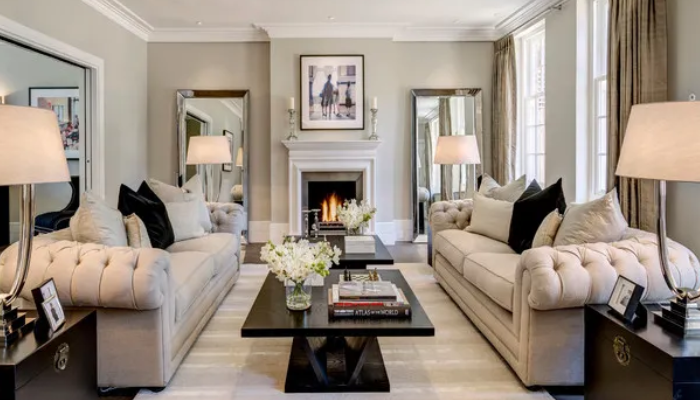





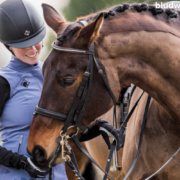
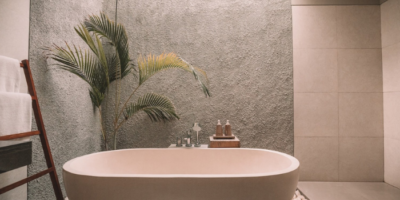
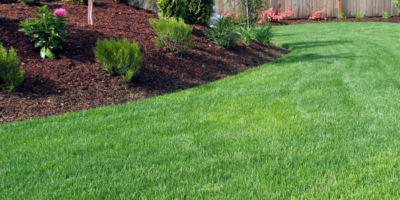
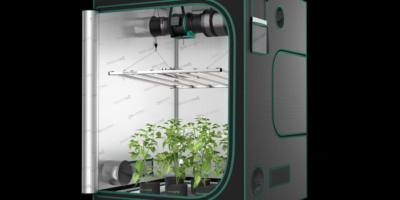

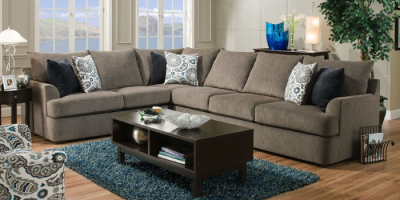









Comments